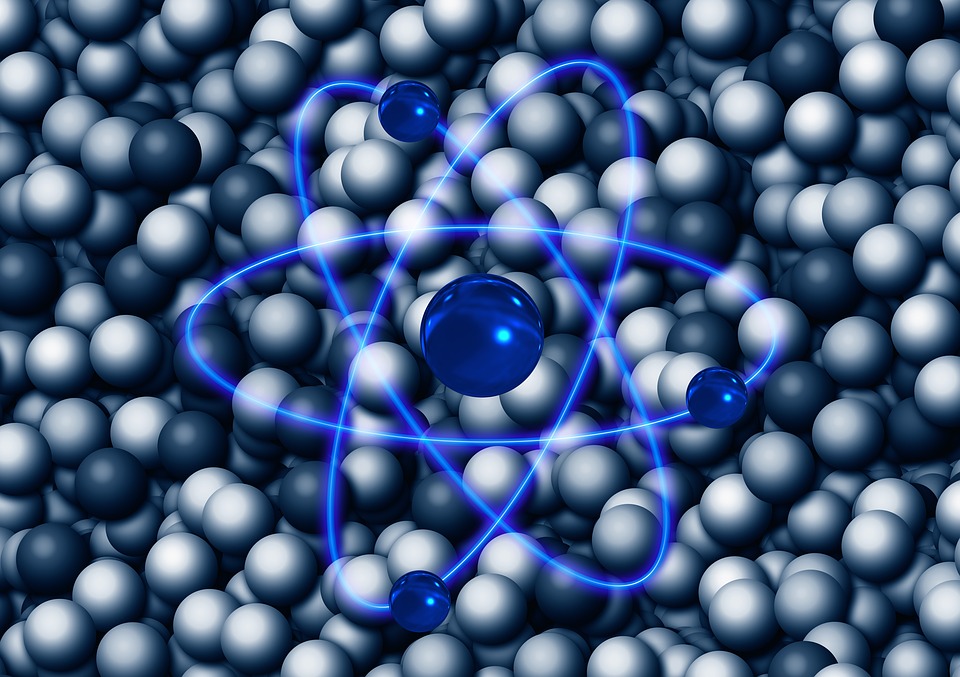There is still so much to learn regarding creation or how things come to be. Recently, a group of researchers stumbled upon what could potentially be a new state of matter by accident.
Express reports that a group of scientists may have potentially found a new state of matter. This discovery was described as making electrons do something new, which was to evenly distribute themselves into a stationary, crystalline pattern. This discovery was made while the researchers were conducting experiments with crystalline materials that are only a few atoms thick, also known as two-dimensional materials. The materials, in particular, bismuth selenide and a transition metal dichalcogenide, were stacked on top of each other.
However, the electrons of these two layers, which are both negatively charged, did not repel each other and instead stayed intact. Instead, they formed a stationary pattern. The researchers initially thought that there must have been something wrong, but after a few more tests, they found that the results were the same.
According to Kar, “At certain angles, these materials seem to form a way to share their electrons that ends up forming this geometrically periodic third lattice. A perfectly repeatable array of pure electronic puddles that resides between the two layers.”
Northeastern University physics professor Arun Bansil, theorized that it may be because the electrons that are in the material are bouncing around. The electrons are pulled by the positively charged nuclei of atoms whereas the negatively charged electrons are being pushed. “They produce these regions, where they are if you like, ditches of some kind in the potential landscape which are enough to force these electrons to create these puddles of charge.”
Express previously reported that scientists at CERN have fast-tracked the search and discovery of the opposite of matter, which is anti-matter. Physics professor Jeffrey Hangst is among the scientists who were determined to solve what makes up anti-matter in a study. Hangst used perhaps the most expensive substance in the world, anti-hydrogen, which has a value of $90 trillion per gram.
Hangst explained his attempt at finding antimatter. “Half of the universe has gone missing and we don’t understand why. Anti-matter is not a theoretical thing - it is something we work with in a laboratory every day.”



 One of the largest searches for alien life started 30 years ago. Its legacy lives on today
One of the largest searches for alien life started 30 years ago. Its legacy lives on today  FDA Vaccine Chief Peter Marks Resigns Amid Controversy Over Transparency
FDA Vaccine Chief Peter Marks Resigns Amid Controversy Over Transparency  Sanofi’s New Hemophilia Drug Qfitlia Gains FDA Approval with Breakthrough Bimonthly Dosing
Sanofi’s New Hemophilia Drug Qfitlia Gains FDA Approval with Breakthrough Bimonthly Dosing  It’s science, not fiction: high-tech drones may soon be fighting bushfires in Australia
It’s science, not fiction: high-tech drones may soon be fighting bushfires in Australia  Bill Gates’ Shocking New Malaria Solution Unveiled as Genetically Modified Mosquitoes Turn Into Flying Vaccinators
Bill Gates’ Shocking New Malaria Solution Unveiled as Genetically Modified Mosquitoes Turn Into Flying Vaccinators  Asteroid has a very small chance of hitting Earth in 2032, but a collision could devastate a city
Asteroid has a very small chance of hitting Earth in 2032, but a collision could devastate a city  Quantum technologies are changing our world – what does NZ need to be part of the next revolution?
Quantum technologies are changing our world – what does NZ need to be part of the next revolution?  Earth is bombarded with rocks from space – but who gets to keep these ultimate antiques?
Earth is bombarded with rocks from space – but who gets to keep these ultimate antiques?  Despite fears of falling trust in expert knowledge, a global survey shows New Zealanders value science highly
Despite fears of falling trust in expert knowledge, a global survey shows New Zealanders value science highly  What’s the shape of the universe? Mathematicians use topology to study the shape of the world and everything in it
What’s the shape of the universe? Mathematicians use topology to study the shape of the world and everything in it  What are the chances an asteroid will impact Earth in 2032?
What are the chances an asteroid will impact Earth in 2032?  What was the first thing scientists discovered? A historian makes the case for Babylonian astronomy
What was the first thing scientists discovered? A historian makes the case for Babylonian astronomy  FDA Approval of Opdivo Injection Sparks Hope for Cancer Patients with Revolutionary Treatment Update
FDA Approval of Opdivo Injection Sparks Hope for Cancer Patients with Revolutionary Treatment Update 































